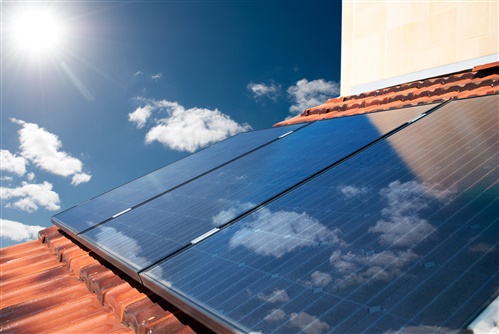SSZT925 october 2017

Every few years, my friends and I canoe in the Canadian wilderness for a week, eating only what we can catch (fish) or carry in with us. We cook over a fire and wash dishes with water collected from the lake (trust me, leaving dirty dishes by a campfire is a really bad idea). We are at the mercy of the weather; central Canada in September could be stormy, nearly freezing, too hot or overrun with insects. But it’s a beautiful and unspoiled wilderness, and well worth the considerable effort to get there. You may even spot an animal or two on your journey.
 Figure 1 Squirrel in the Canadian
Wilderness
Figure 1 Squirrel in the Canadian
WildernessBeing unplugged for several days has its benefits – obviously, just the relaxing aspect of clearing your mind and not multitasking for a while. The focus is on life at a more basic level – daily thoughts include “What am I going to eat?” and “How do I protect myself from the elements?” What always amazes me, though, is the odd feeling of coming back to modern conveniences like air conditioning, running water, electric lights and soft furniture. For all the hassles of modern life, it’s at least more physically comfortable – and probably safer – than what we had before the advent of electrical power.
In elementary school, when we first talked about human civilization, my teacher explained that humans have three basic needs to survive: food, clothing and shelter. Electricity isn’t on that list. But after a few thousand years of recorded history, we seem to have gone well beyond that simple list of three items as far as what people think they “need.”
Most of us are well aware that electrical power – in portable or stationary form – is one of the cornerstones of life. We take it for granted. But now we may have another problem. The human race has been so successful with population growth that we now have to worry about sustainability. The electrical power and technology that helped fuel (no pun intended) our growth will need to be used and generated in ways that minimize their impact on our planet. If not, it could literally be a global disaster.
 Figure 2 Solar Panels for Sustainable
Energy
Figure 2 Solar Panels for Sustainable
EnergyFirst, we can think about conservation and efficiency. That’s a (relatively) easy first step. Next, we should think about alternative sources for power generation, like the solar panels shown in Figure 2.
These are big problems to solve. But technology, like the power-management devices we develop at TI, will help us get there, step by step. If you are working on any sort of electronic product, how can you make your power-conversion circuitry as efficient as possible? That will help minimize your product’s environmental impact.
Here are some examples to help you learn about improving the efficiency of power-converter circuitry in different applications:
- Watch the TI training video, “Optimizing Efficiency of Switching Mode Chargers.”
- Check out the 24VAC Power Stage with Wide VIN Converter and Battery Gauge Reference Design for Smart Thermostats.
And what about the bigger problem of power generation? Day by day, year by year, technology advances are harnessing the natural forces of solar and wind energy (as well as other possibilities in the long term) that could help us sustain our modern conveniences. These stories from Germany and California are just two examples.
Additional Resources
- Here’s another reference design: High Efficiency, Versatile Bidirectional Power Converter for Energy Storage and DC Home Solutions.
- Learn more about string inverter applications and the grid-tied solar micro inverter with maximum power point tracking (MPPT).